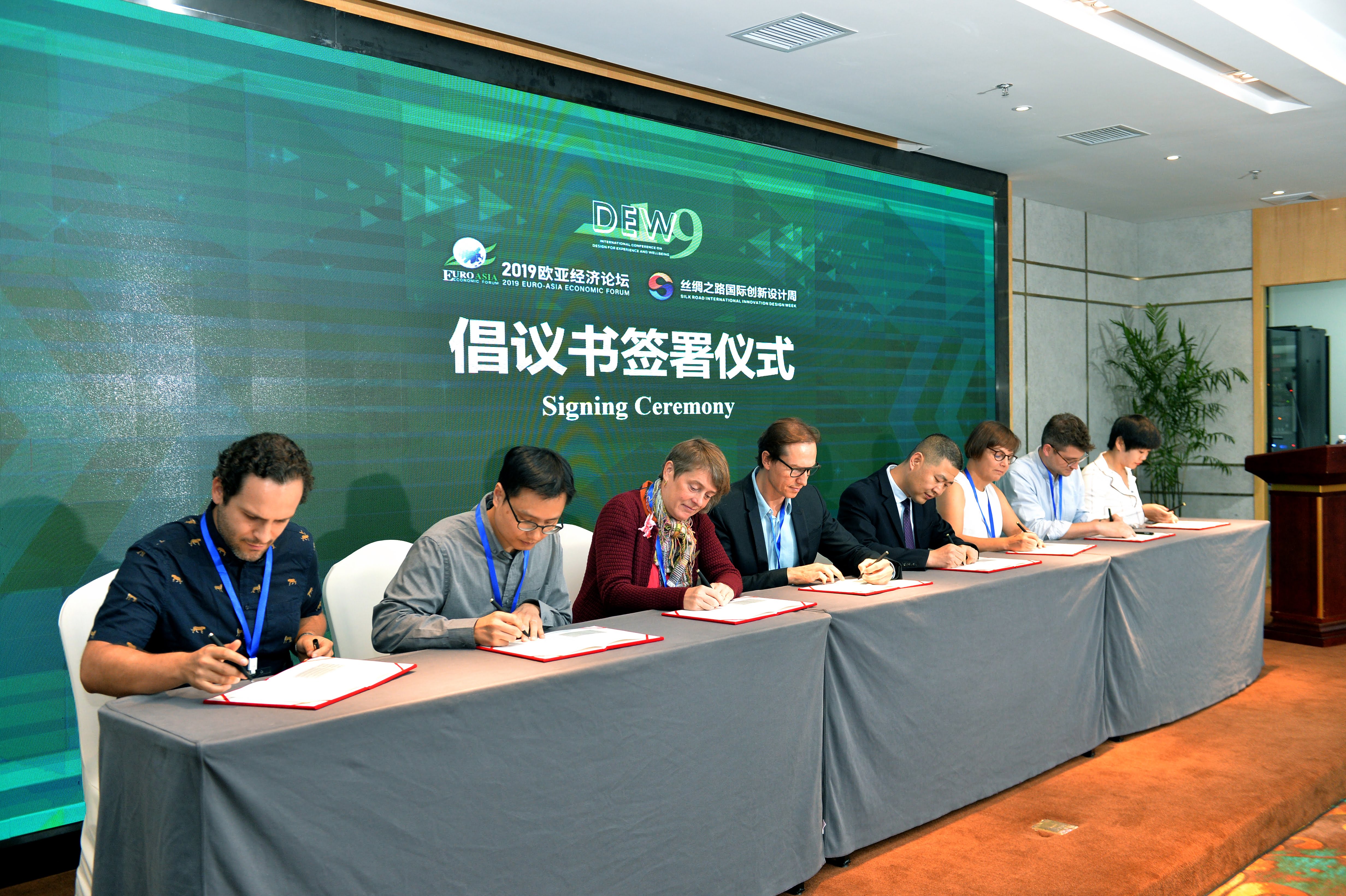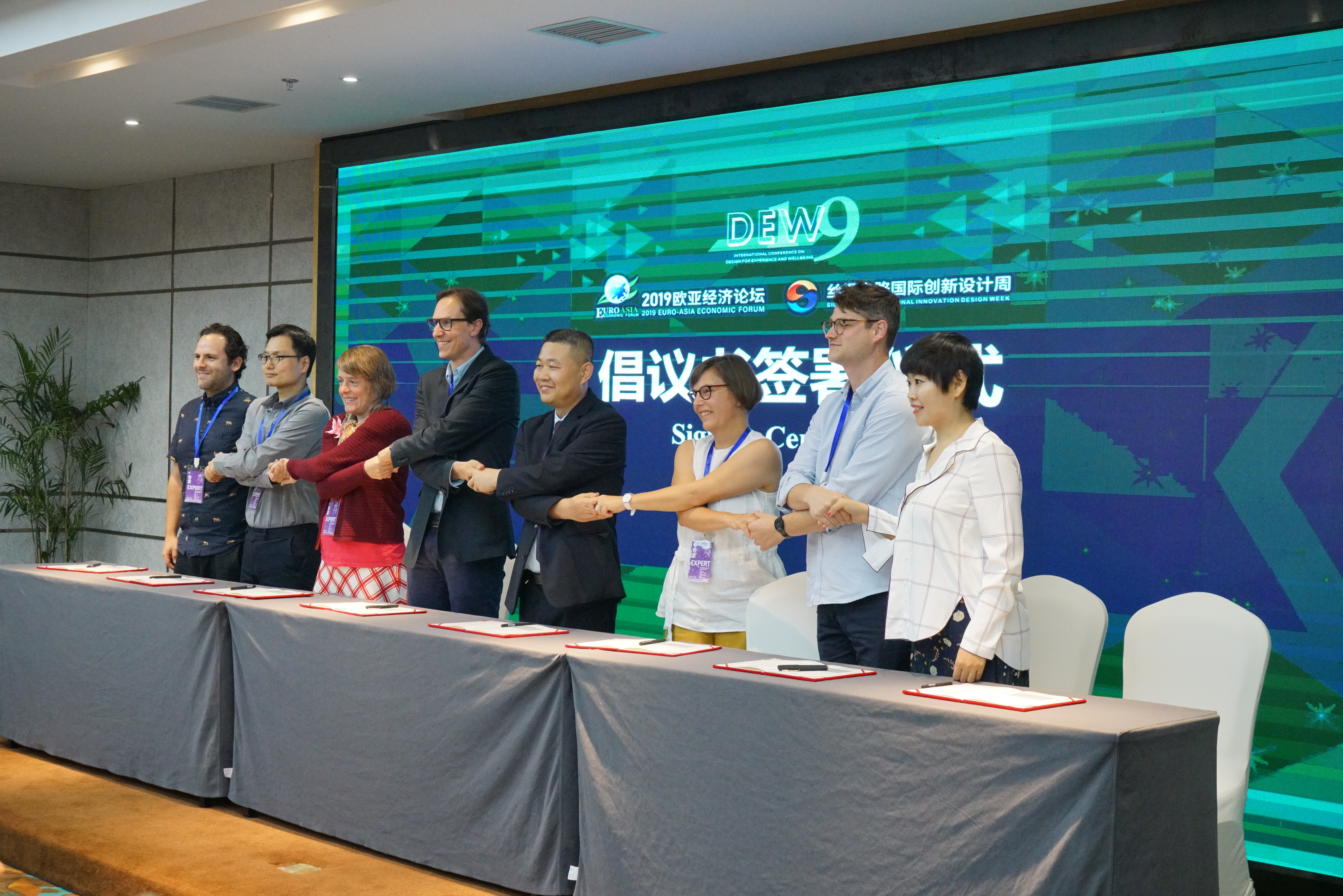The last 10 years, we have witnessed a growing interest in “positive design” – design that aims to promote or support the wellbeing of individuals or communities. Positive design, with its intimate relation to happiness, has the promise of establishing a culture of humane innovation, which understands technology as a possibility to improve life directly rather than as a mere tool to solve problems. The Global Positive Design Initiative (GPDI), a shared initiative of design schools, aims to provide access to knowledge, tools, and techniques for Positive Design for all design students across the globe.
The Establishment of GPDI
On 24th Sep 2019, in Xi’an, China, representatives from the six founding members signed the agreement of Global Positive Design Initiative (GPDI) and had the first GPDI board meeting on 25th Sep 2019.
The founding members of GPDI are:


General Mission
The GPDI promotes and supports the capabilities of design students to design for human flourishing. This includes (1) the promotion of a general awareness of the subjective well-being of students and teachers, and (2) developing and disseminating education material for teaching Positive Design knowledge and methodology. In addition, it includes developing teaching and learning environments that support flourishing of all actors involved.
Key Values
The GPDI promotes and supports the capabilities of design students to design for human flourishing. This includes (1) the promotion of a general awareness of the subjective well-being of students and teachers, and (2) developing and disseminating education material for teaching Positive Design knowledge and methodology. In addition, it includes developing teaching and learning environments that support flourishing of all actors involved.
Activities
The GPDI promotes and supports the following primary activities:
In addition, GPDI promotes the following secondary activities:



